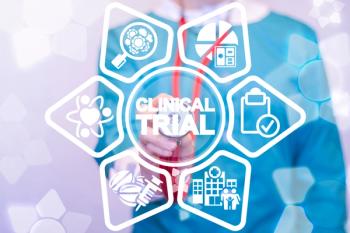This 3-part series is designed to outline the implications and processes for ensuring compliance with ICH E6 (R2) changes that are scheduled to go into effect late 2016. For an overview of the Addendum see Part 1, published on June 6, 2016 and for Part 2, ‘Six Steps to Compliance with ICH E6 Addendum,’ published June 13, 2016 click here Part 3: Driving Compliance through Technology: Act Now Leading voices in the biopharma industry are pushing changes in how risk based management (RBM) is approached in order to ensure the safety of patients and the integrity of trial data. The ICH E6 (R2) addendum is intended to deliver better quality, and to recognize the benefits of innovative methods like centralized, quality risk management (QRM) that should drive efficiencies and lower costs as well. In 2012, the non-profit, TransCelerate BioPharma launched the Risk-Based Monitoring Initiative and partnered to launch the Quality Management System initiative to improve the quality and efficiency of RBM, and to describe a proactive approach for managing quality across the spectrum of clinical activities. This includes a framework for identifying risk indicators and performing consistent oversight of investigators throughout the trial lifecycle. Yet the industry as a whole has been slow to update their technology or processes to take advantage of the efficiency and regulatory benefits of a QRM approach. In many cases, sponsors are still relying on on-site monitors capturing data in spreadsheets to monitor risks manually, or attempting to use their electronic data capture system as a reporting platform for monitoring -- despite the fact that these tools don’t have that capability. As a result they are missing opportunities to cut time and cost while improving overall quality across the trial process -- a centralized approach to QRM has been shown to generate 15â20% trial cost savings â and potentially opening themselves up to quality and safety risks. Now that ICH has released the E6 (R2) addendum to GCP, they may also be exposing themselves to regulatory compliance issues when this addendum takes effect later this year. Centralized Monitoring: The Time is Now The addendum is expected to increase adoption of quality-by-design and QRM principles and methodologies in clinical development, while driving the use of innovative strategies and technologies for risk monitoring. It essentially mandates, harmonizes and clarifies what FDA and EMA have been suggesting in their guidances about the value of embracing a centralized, technology-driven approach to risk monitoring that begins in planning and continues through the life of the research. It further defines the scope of clinical trial oversight responsibilities, and the sponsor’s responsibility to establish a risk-based quality management system, ensuring the tools and methods used are “proportionate to the risks inherent in the trial and the importance of the information collected.” It also specifically cites “evolutions in technology and risk management processes” as the reasoning behind the change, and encourages industry stakeholders to seek out new tools and processes that will help them take advantage of these efficiencies. FDA added information to the document on conducting a centralized monitoring program and how to manage “significant noncompliance” to further establish unified standard across the trial site network. This addendum should be a wake-up call for sponsors and CROs that it is time to change the way they think about and address quality risk management in the planning and implementation of their clinical trials. Nick Neri is the Insights Cloud Platform Manager for ERT





